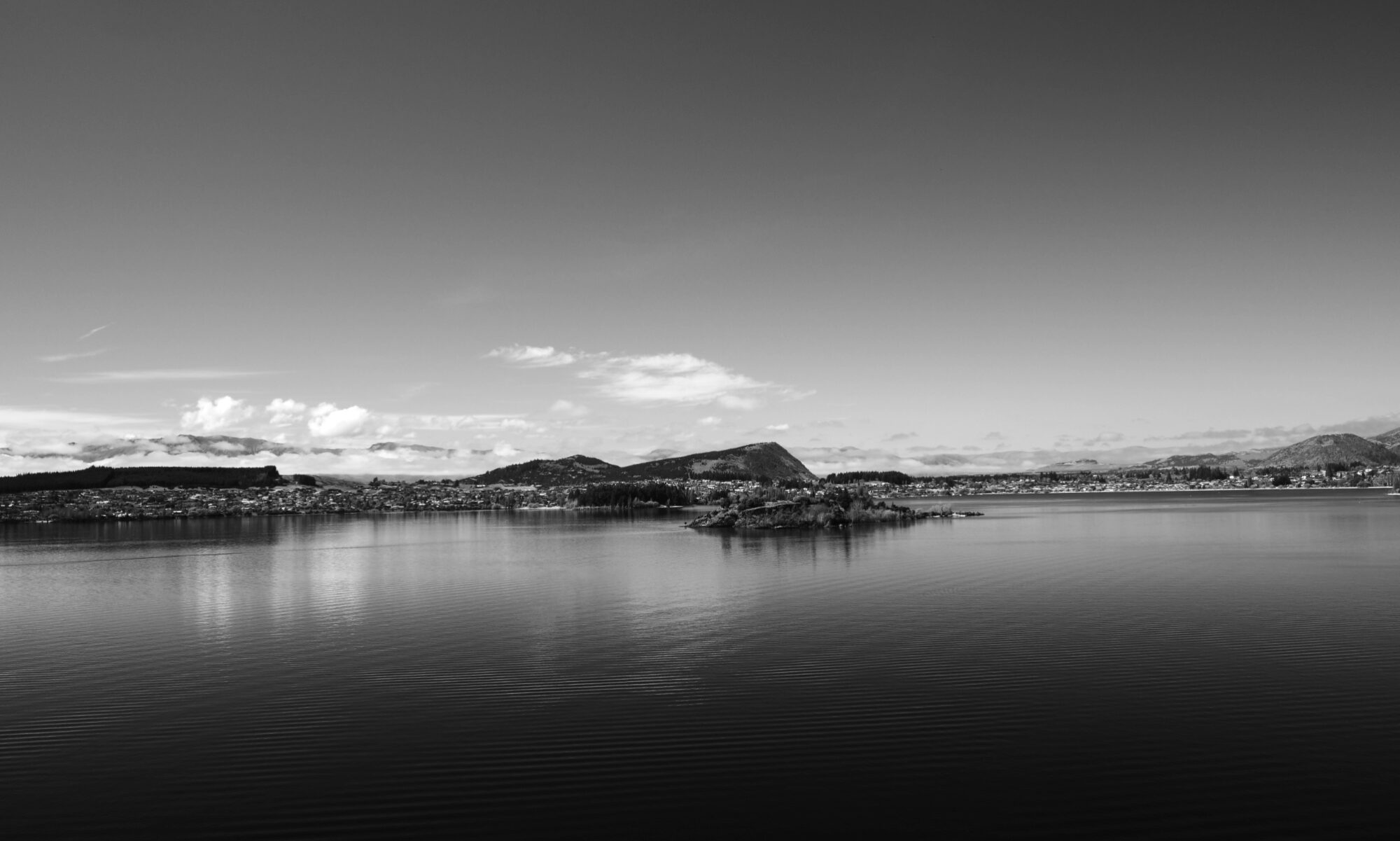
Cabbage trees/tī kōuka and Harakeke/flax
New Zealand landscape. They will often reach a height of 12-20 metres. Very popular in Britain, Europe, and the U.S. In the former they’re known as Torquay palm.
The flowers are very scented in early summer, and turn into bluish-white berries that birds love to eat. It is very fire-resistant. Māori used cabbage trees as a food, fibre and medicine. The leaves were woven into baskets, sandals, rope, rain capes and other items and were also made into tea to cure diarrhoea and dysentery. Lastly they were also planted to mark trails, boundaries, urupā (cemeteries) and births, since they are generally long-lived.
There are two identified species of flax in New Zealand – common flax (harakeke) and mountain flax (wharariki). (Harakeke is really a lily).They are unique to New Zealand and is one of our most ancient plant species. It grows up to 3 metres and its flower stalks can reach up to 4 metres. Tui, bellbirds/ korimako, saddlebacks/tīeke, short tailed bats/pekapeka, geckos and several types of insects enjoy nectar from the flax flower.
Flax was a valuable resource to Europeans during the 19th century because of its strength. It was New Zealand’s biggest export by far until wool and frozen mutton took over. Today, it is used in soaps, hand creams, shampoos and a range of other cosmetics. Flaxseed oil can also be found for sale.
Flax was the most important fibre plant to Māori in New Zealand. Each pā or marae typically had a ‘pā harakeke’, or flax plantation. Different varieties were specially grown for their strength, softness, colour and fibre content.
The uses of the flax fibre were numerous and varied. Weaving is now very common. Clothing, mats, plates, baskets, ropes, bird snares, lashings, fishing lines and nets were all made from flax leaves. Floats or rafts were made out of bundles of dried flower stalks. The abundant nectar from flax flowers was used to sweeten food and beverages. Flax also had many medicinal uses.
The outer layer represented the grandparents, whereas the inner layer of new shoots – the child – remained and were to be protected by the next inner layer of leaves, the parents.

Infrared of poplar trees
Poplars were first grown in New Zealand in the 1830s. Although ornamental in Central Otago they were primarily planted upwind in rather mundane straight lines to provide shelter for stock and houses. Especially from wind, but also to provide shelter from the intense summer sun .
This is probably the Lombardy poplar, given its column-like form. And was also often planted to mark boundaries and river fords as they could be seen from a distance. This planting is very grouped thus supplying quite a magical feel, in the gathering dusk of a summer evening.

That Wanaka Tree!
A willow that was once a fence post. Now a “must see/photograph” for every tourist that comes to New Zealand.

